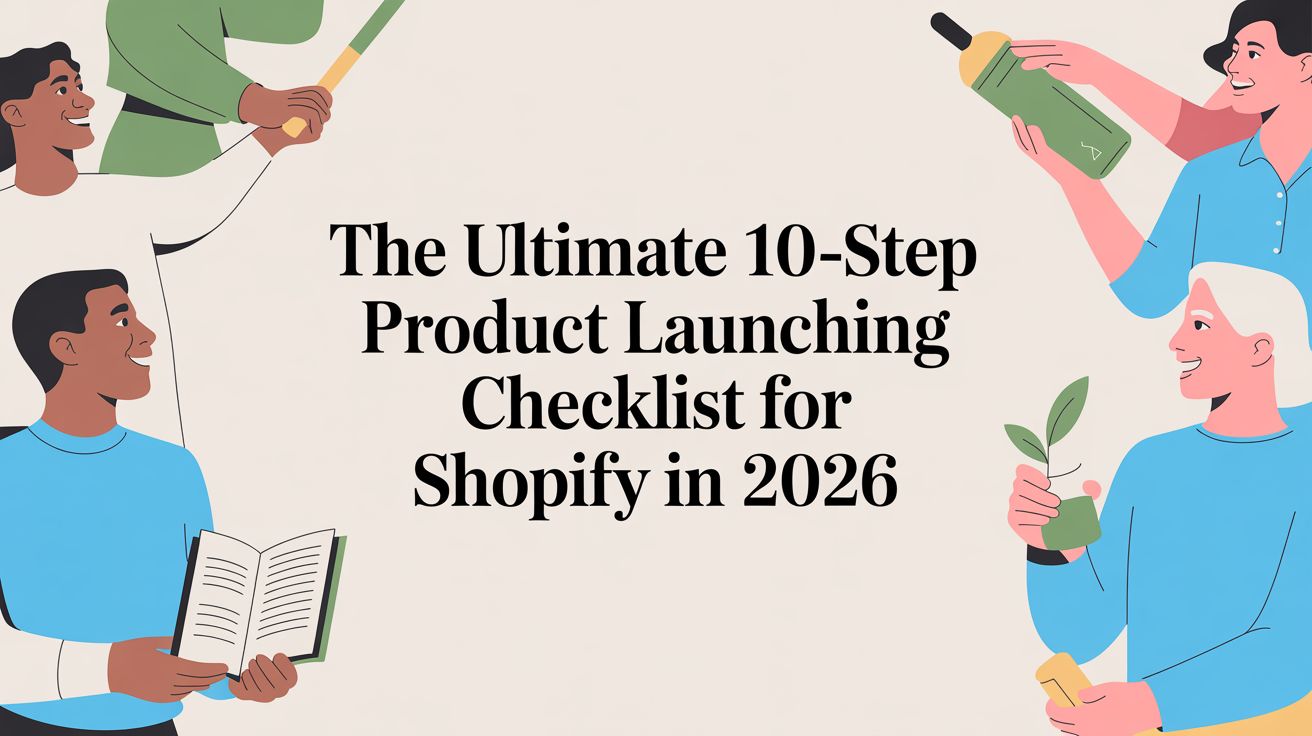
5 brand consequences of heavy discounting

Promotions can help drive sales, while showing appreciation to your customers. But what happens when too many consumer promotions start impacting consumer expectations?
We’ve listed five consequences your brand could face from offering too many consumer promotions.
1. Brand Perception and Value
Consumers are a skeptical bunch and for good reason. Spending their hard-earned money on a product or service is an investment, and they want to make sure they’re making the right choice in the brand they pick. So, wouldn’t it make sense for consumers to shop with a brand that regularly gives out discounts?
Not so much. According to psychological studies, it seems that consumers believe brands that constantly offer discounts are of lower quality. This perception can negatively impact consumers’ perception of a brand's value.
2. Price Sensitivity
If you knew you could get an item cheaper than currently listed, would you pay the advertised price or wait for a better deal?
If you chose the latter, chances are you’re price-sensitive, and you aren’t alone. In fact, most shoppers (93.6 percent) will wait for a discount at least occasionally, and nearly one-third only buy when a discount is available.
Frequent promotions can make consumers more price-sensitive and less willing to pay full price for products or services. After all, they know that oftentimes, if they hold out long enough, a cheaper price will appear.
To help curb consumers’ sensitivity to price, focus on the value your products and services can bring customers and less on the low price. Use limited-time offers and discounts sparingly and take the time to understand what your customers need and how you can fulfill their wishes.
3. Customer Loyalty
Do your customers love your brand or your discounts?
If you discount too heavily, you might ask this question more than you’d like. Constant promotions can lead customers to shop with a brand primarily for discounts rather than for loyalty to the brand itself.
Focusing on providing value outside of rewards can help. You can do this by highlighting your brand’s expertise and other areas that may serve your customers (i.e., providing personalized recommendations and support).
4. Customer Expectations
With so many brands to choose from and their fair share of promotions, consumers know they have a lot of power over the consumer experience and their empowerment has left them with high expectations — regular discounts being one of them.
Constant promotional offers can set a precedent, and customers may come to expect discounts before purchasing. This creates ongoing pressure on the brand to continue offering deals to retain customer interest.
While you don’t have to do away with discounts completely, you can offer other incentives that speak to consumers’ expectations. Things like personalization, convenience and even corporate social responsibility practices are high on the list of consumer demands. Incorporating these practices can help you meet consumer expectations while also setting the tone as to what consumers can expect from your promotions.
5. Price Perception
As a brand marketer, you’re likely familiar with consumer perceived value (CPV) or the level of value consumers place on a product or service based on its perceived importance. In most cases, CPV has very little to do with the product or service itself. It can be determined by everything from consumer opinion to a product’s price.
One psychological study found that consumers' perception of product quality was lower when the product was promoted with a discount. This may have something to do with the general idea that people get what they pay for. If the price is low, people are more likely to believe that the product or service’s quality is also cheap, even if this isn’t true.
Considering consumers can evaluate your product’s value based on subconscious elements like pricing, it is important to be mindful of who your target audience is and how your pricing strategy can impact consumer perception.
For example, what type of consumer are you targeting: value-conscious or luxury-minded?
Knowing this information can help determine how to price your product(s) and develop other marketing tactics that align with your brand.
Offering consumer promotions can be a great way to attract new customers, increase sales and reward loyal customers. However, it's important to be mindful of the potential consequences of offering too many promotions, such as diminishing brand perception or undermining customer loyalty.
To avoid these consequences, it's important to use discounts strategically. Focus on offering promotions that align with your customers' needs and that provide them with real value.

Lindsay Keener is a brand journalist for Quikly. She covers stories that help to inform and educate consumer-facing marketers.

